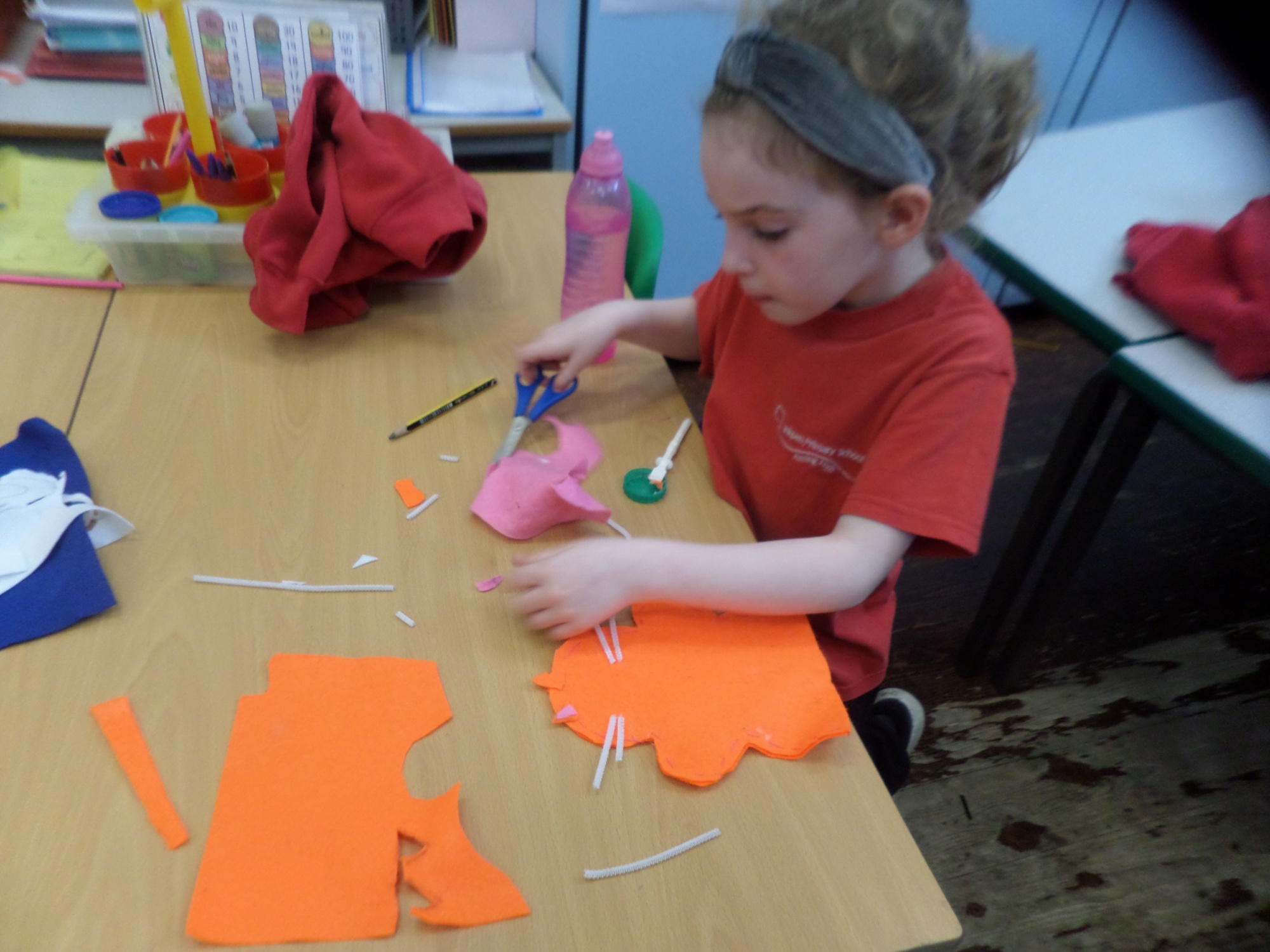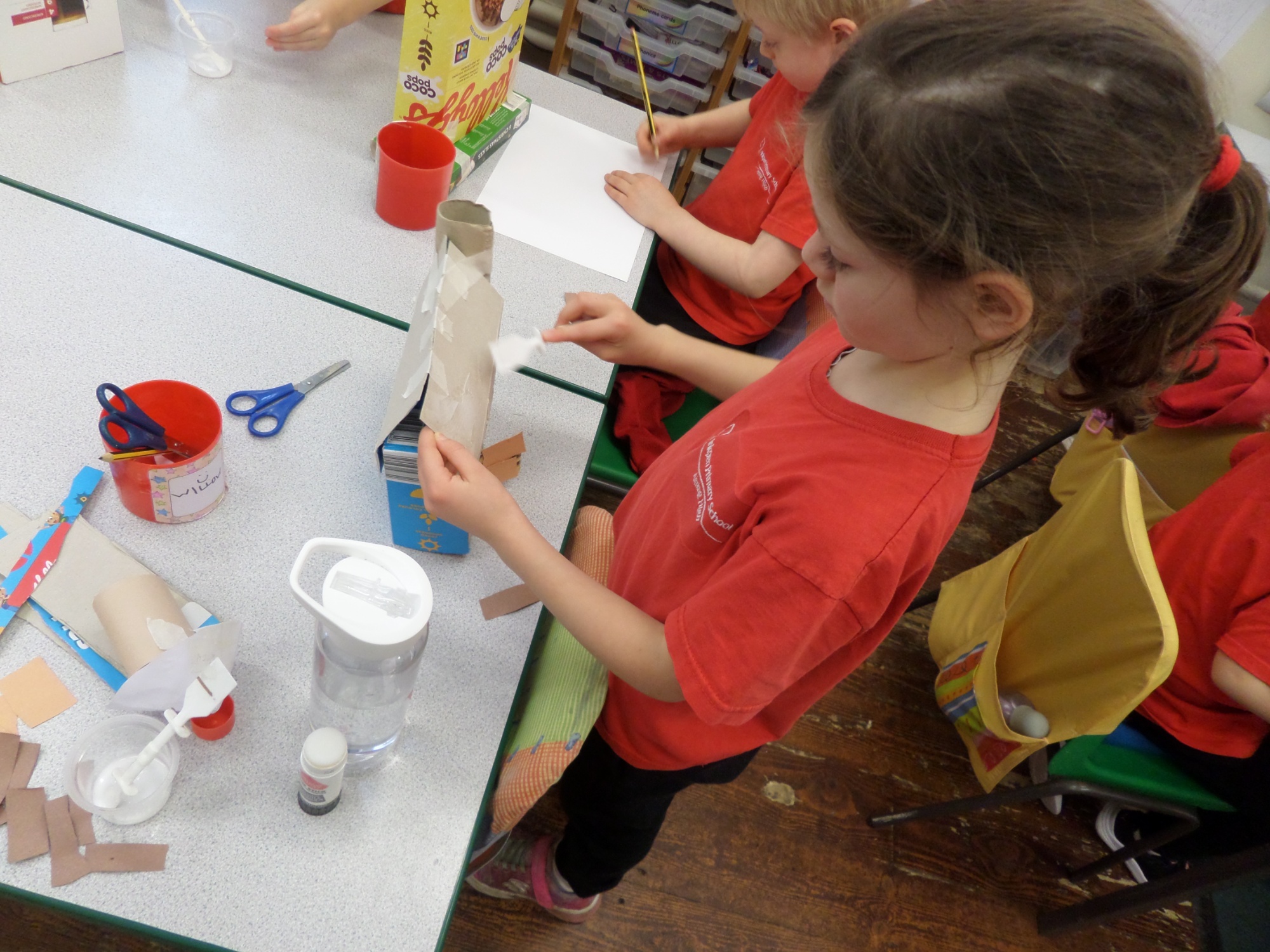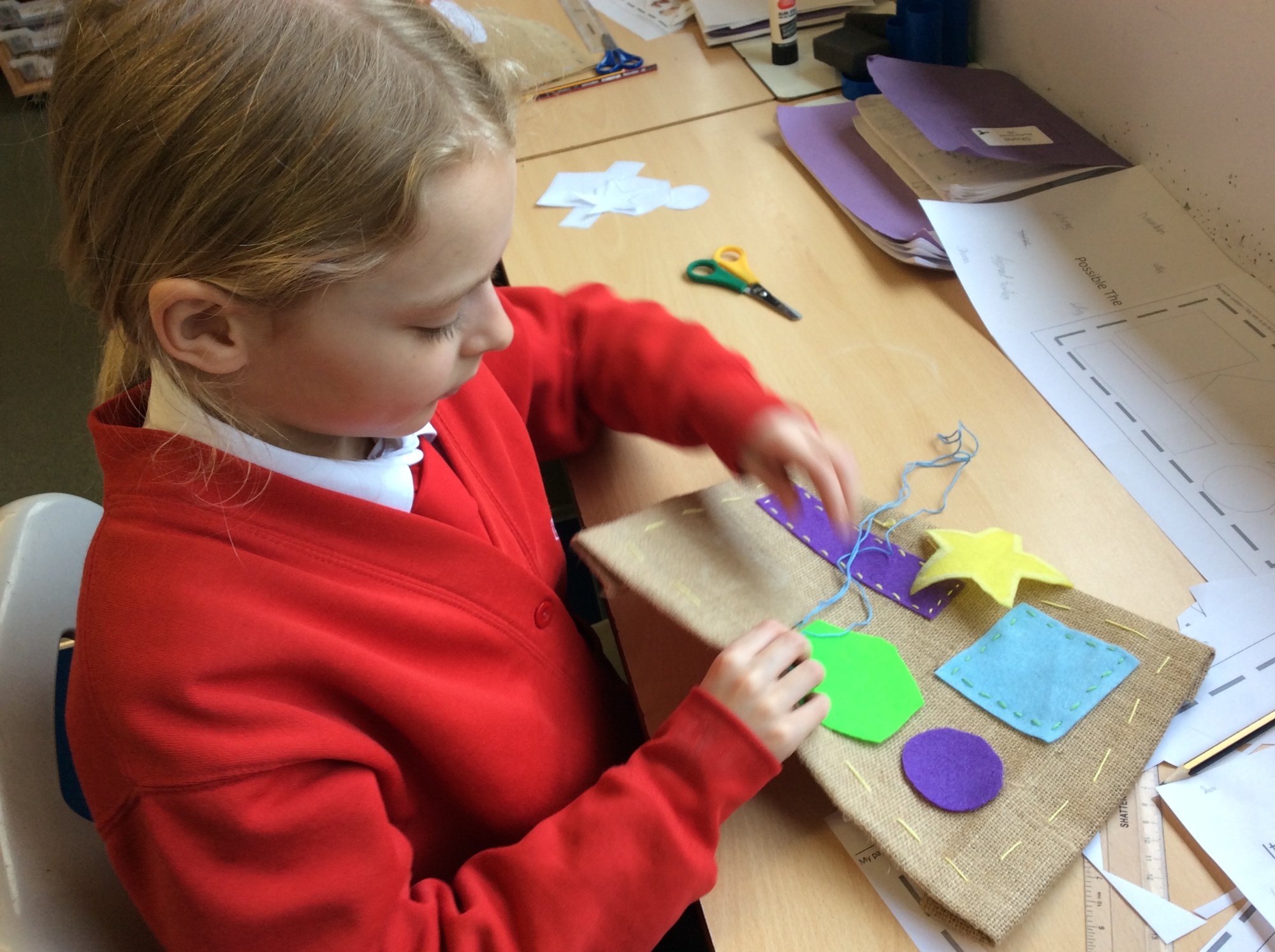Design and Technology
Design & Technology is an inspiring, engaging and practical subject. It encourages creativity and imagination; children design and make products that solve real and relevant problems within a variety of contexts, considering their own and others’ needs, wants and values. D&T aims to give children the skills to create products and develop a broad range of subject knowledge. D&T encourages cross-curricular knowledge of maths, science, engineering, computing and art to be applied within a context. Children learn how to take risks, becoming resourceful, innovative, enterprising and capable citizens. Through the evaluation of designs, children develop a critical understanding of their impact on daily life and the wider world.
Within the teaching of D&T, we aim to:
- Develop the children’s practical skills using food, materials, textiles, electronics, computing, construction and mechanics
- Encourage and value curiosity so children are excited and enthusiastic to learn
- Ensure D&T is a practical, hands-on subject, where children enjoy learning through exploration and developing these skills
- Ensure there is access to good quality resources
- Evidence the progression of skills throughout the school
- Teach children accurate vocabulary which they can use with confidence
- Use a range of assessment strategies during lessons
- Incorporate cross-curricular learning such as scientific, maths, computing and art skills
- Encourage children to use their problem-solving skills to design innovative projects, make and improve their work
A wide range of teaching and learning styles are used within D&T lessons. Through D&T, our children become more resilient, reflective and confident learners. They are able to work in a team and are proud to share and display their learning and reflect on their growing skills. Children are given opportunities to practically design for a purpose, make, evaluate and improve a range of products, using a variety of materials and equipment. They are also encouraged to consider and be inspired by the design of objects and suggest improvements to existing designs. Through developing these skills and designs, children are improving their problem-solving skills, resilience and confidence.
We recognise that children within a class will have a wide range of abilities in D&T, so we ensure that we provide suitable learning opportunities for all children by matching the challenge of the task to the ability of the child. We achieve this in a range of ways:
- Setting projects which are open-ended and can have a variety of respon
ses
- Setting projects of increasing difficulty through the use of extension tasks and questions
- By making links across subjects
D&T is assessed against the D&T Skills Progression grids and this feeds into future teaching. Assessment data is passed on between classes so the next teacher can begin to develop skills the child has already achieved.



